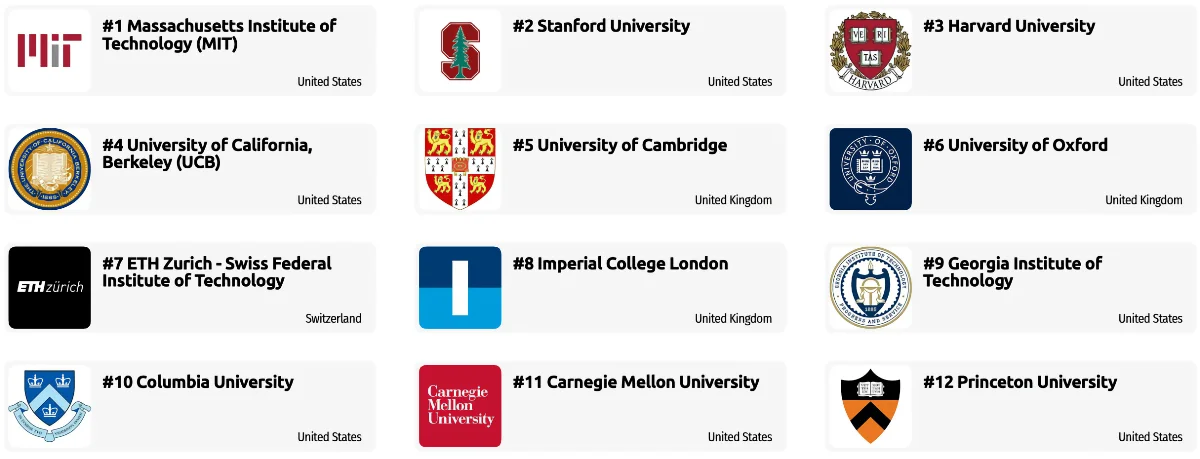Administrator

Any administrator should excel at:
- Providing information to supervisors, co-workers, and subordinates, as well as communicating with people outside the organization, representing the organization to customers, the public, government, and other external sources. This information can be exchanged in person, in writing, or by telephone or e-mail.
- Maintaining information files and processing paperwork.
- Recruiting, interviewing, selecting, hiring, and promoting employees in an organization, and getting them to work together to accomplish tasks by encouraging and building mutual trust, respect, and cooperation.
Mentor

Any mentor is expected to perform well at:
- Identifying the developmental needs of others and coaching, mentoring, or otherwise helping others to improve their knowledge or skills.
- Providing guidance and direction to subordinates, including setting performance standards and monitoring performance.
- Convincing others to accept and idea or to otherwise change their minds or actions in accordance to the companies objectives.
- Identifying the educational needs of others, developing formal educational or training programs or classes, and teaching or instructing others.
Other work activities related to Supply chain managers
- Selecting transportation routes for maximizing economy by combining shipments or consolidating warehousing and distribution.
- Diagramming the supplies chains models to for facilitating discussions with customers.
- Negotiating prices and terms with suppliers, vendors, or freight forwarders.
- Meeting with suppliers for discussing performance metrics, for providing performance feedback, or for discussing production forecasts or changes.
- Documenting physical supplies chains processes, such as workflows, cycles times, positions responsibilities, or systems flows.
- Developing or implementing procedures or systems for evaluating or selecting suppliers.
- Designing or implementing plants warehousing strategies for production materials or finished products.
- Conferring with supplies chains planners for forecasting demands or creating supplying plans for ensuring the availability of materials or products.
- Defining performance metrics for measurement, comparison, or evaluation of the supplies chains factors, such as product cost or quality.







